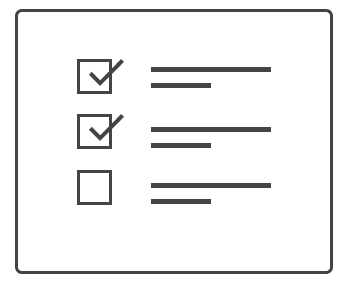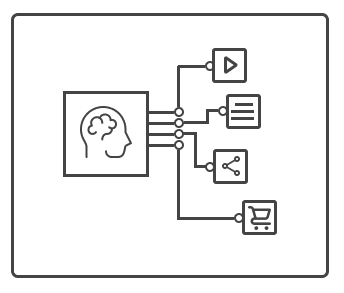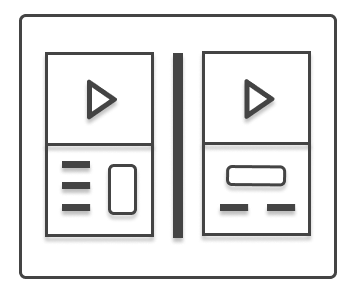Overview
The Human Resources (HR) division of at Edward Jones launched a project to join their Technology team on the ServiceNow platform to improve ticketing, communication, and data collection. The project included a customized front end portal; consolidating resources and tools to create a multi-functional intranet for 50,000 employees. I joined the project as the sole User Experience (UX) researcher on the UX Team.

Cross-Functional Collaboration
In my role as UX Researcher I collaborated with the Change Team, HR, Technology, third party implementation team, developers, project managers/owners, UX Strategists, Designers, Accessibility, and more.
Communication and Cooperation
Working closely with multiple departments and teams gave me a broad view of the company’s Eco-system, aiding the UX team’s facilitation of better holistic experiences for users.
Sprint Cycles and Project Timelines
The UX team worked closely with project managers and developers in an agile environment utilizing Jira sprints and Kanban boards to organize and manage our UX work in collaboration with development and implementation teams.
Iterative Design and Research
Research results were reported to designer. and managing stakeholders. Results of design and research iterations were shared with all stakeholders.
Methods
Qualitative & Quantitative, Moderated and Unmoderated studies
- Generative
- Evaluative
- Surveys
- Focus Groups
- Ethnographic
- A/B
- Attitudinal
- Behavioral
- Usability
- Interview
- Cart Sort
- Tree Test
Impacts
Major themes remained constant throughout all the project’s studies
Behavioral and attitudinal studies areas of organizational and conceptual need were uncovered, giving the UX team a clear vision of how to improve the portal experience.
Subtle differences in employee personas and their specific role needs were identified and existing personas were refined.
Outcomes
Easy to use comprehensive website and stakeholder collaboration
Research data and resulting design recommendations led to collaborative collaborative efforts toward intuitive experiences and user satisfaction.
Stakeholders were positively impacted with a sense of involvement and buy-in for better user experiences.
Challenges
Complicated team structures
Cross-functional teams, data requirements, developers, third party developers and implementation teams made this project complicated at times. Communication and organization suffered when reorganization of leaders brought new people into the mix on occasion.
Solutions
Stakeholder Collaboration
Establishing a regular sequence of communication with key stakeholders to inform them of the latest research and get their feedback on design changes became the best way to keep teams aligned, engaged and increase stakeholder buy-in.
Retrospective
Discovery for better understanding of current to future state transitions
Taking more time before development to discover details about user mental models, tools needed, and change trajectory would have saved overall project time and facilitated a smoother transition to the new system.


